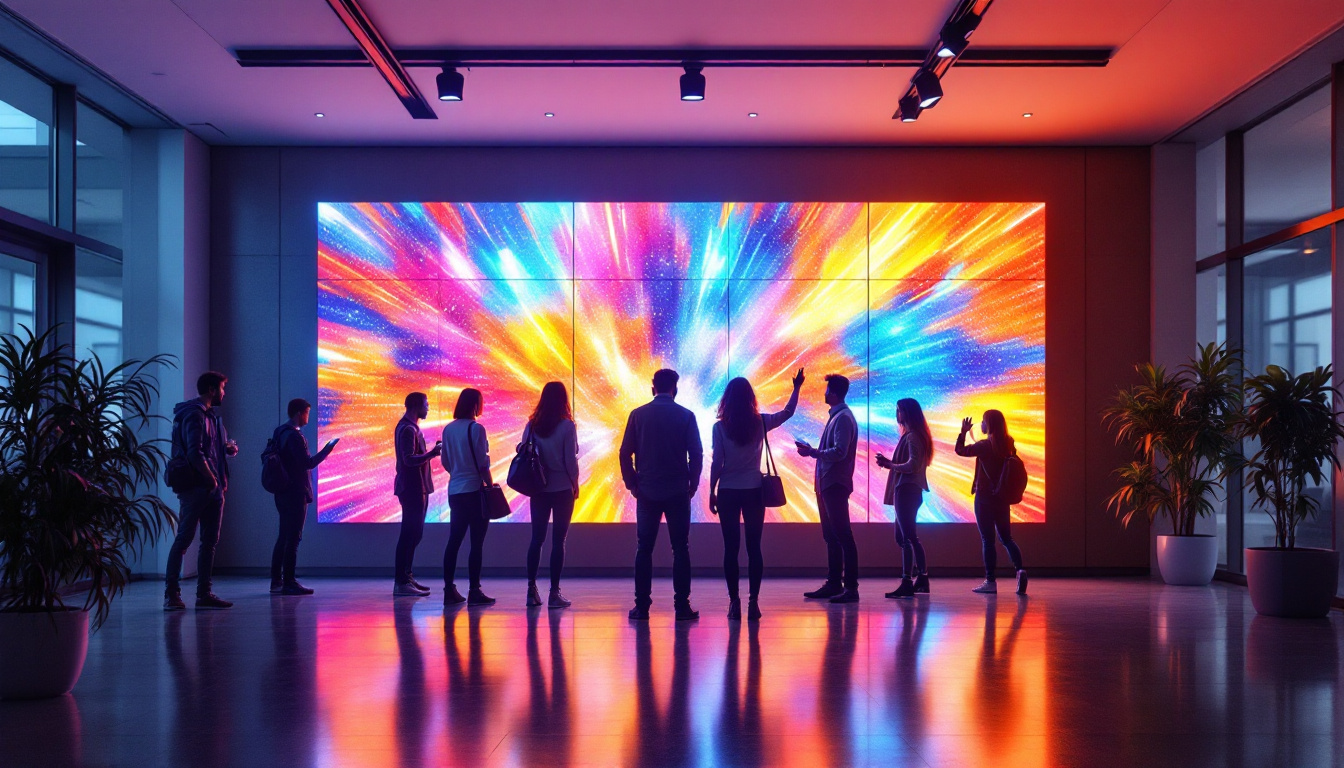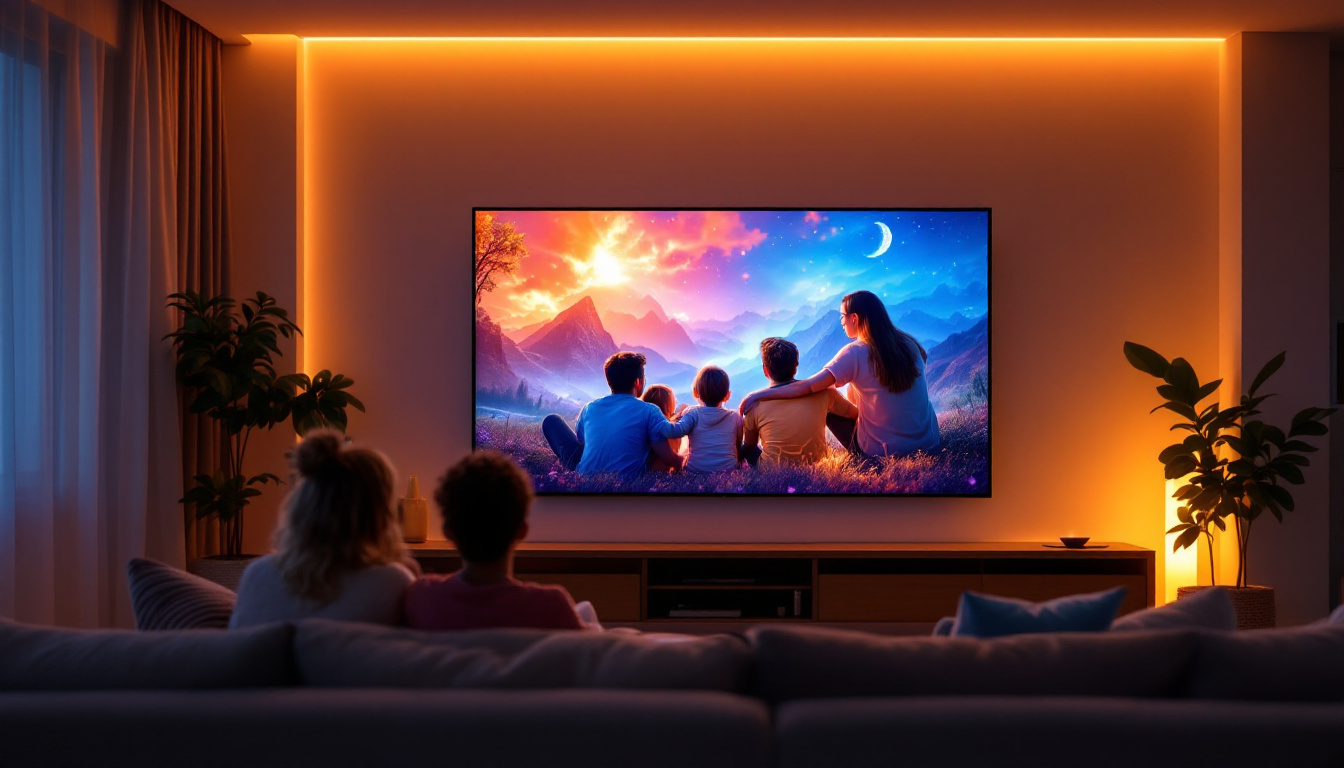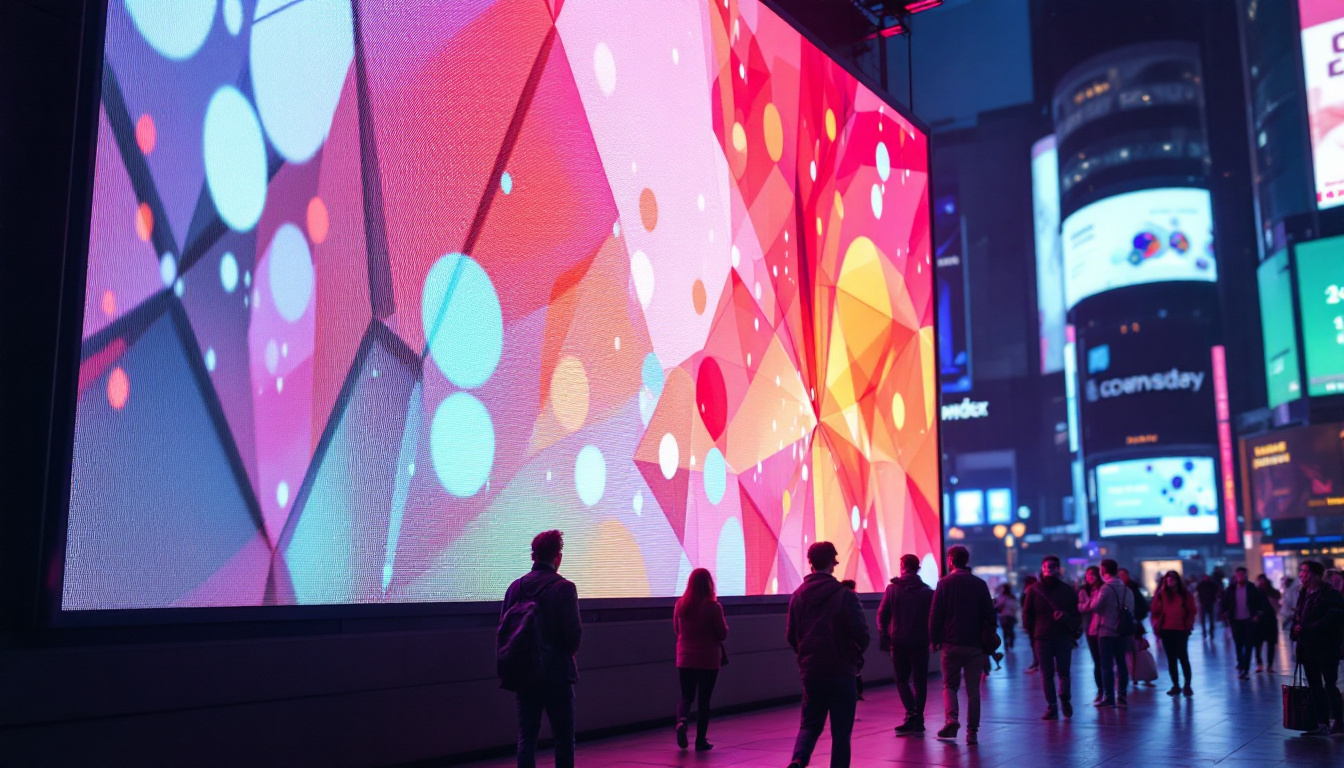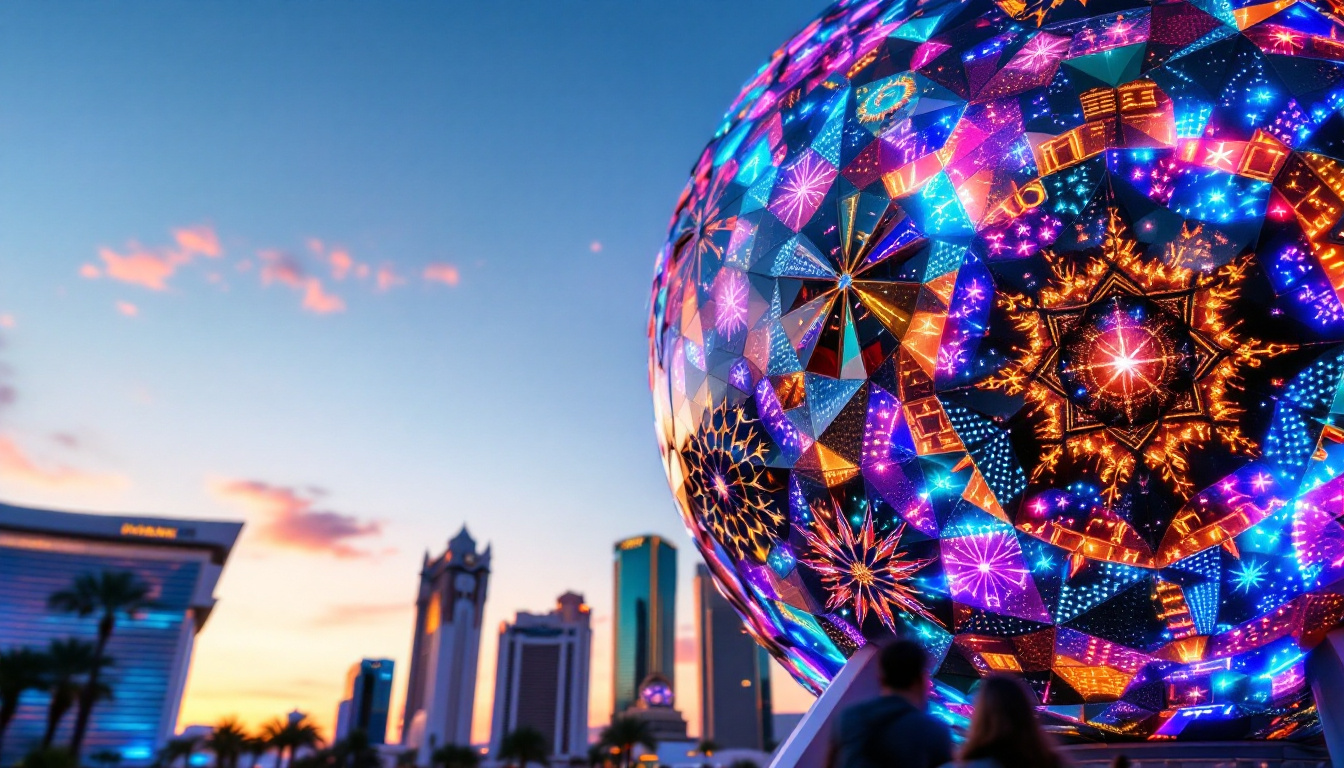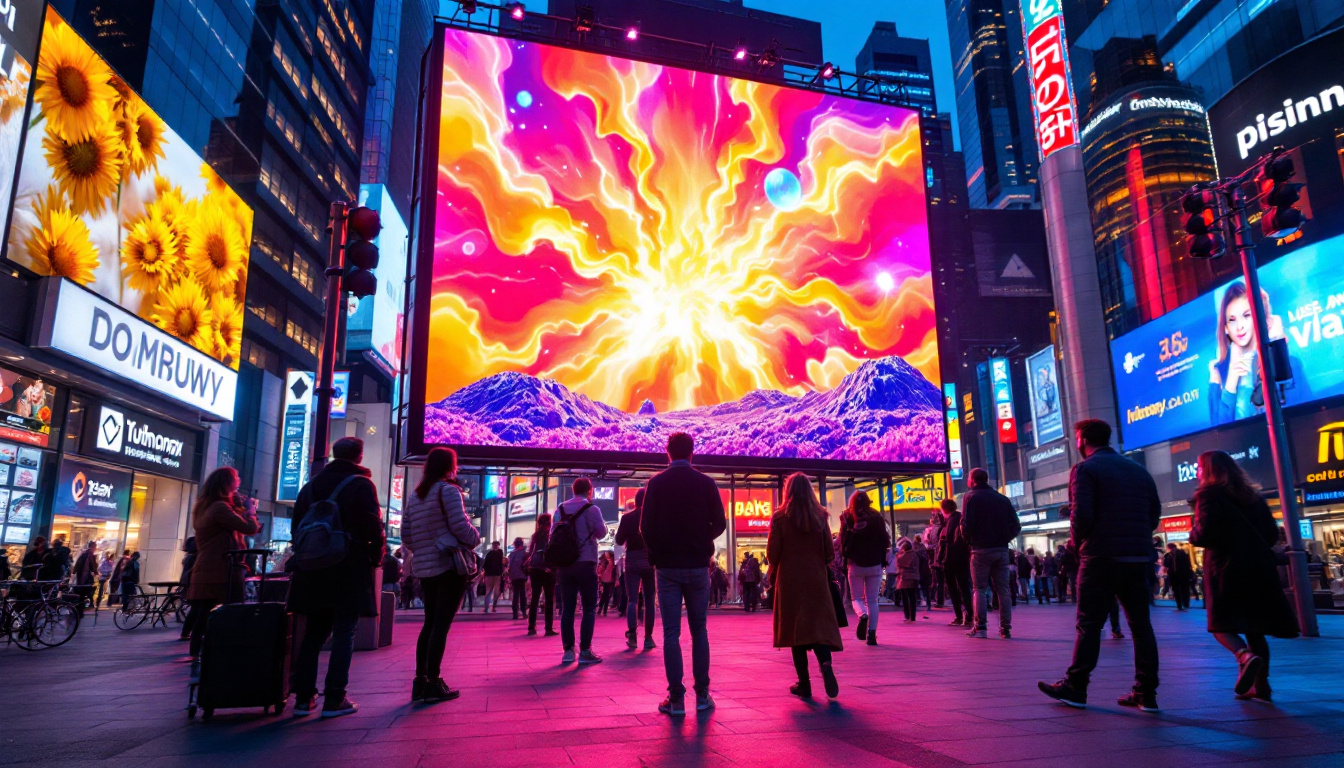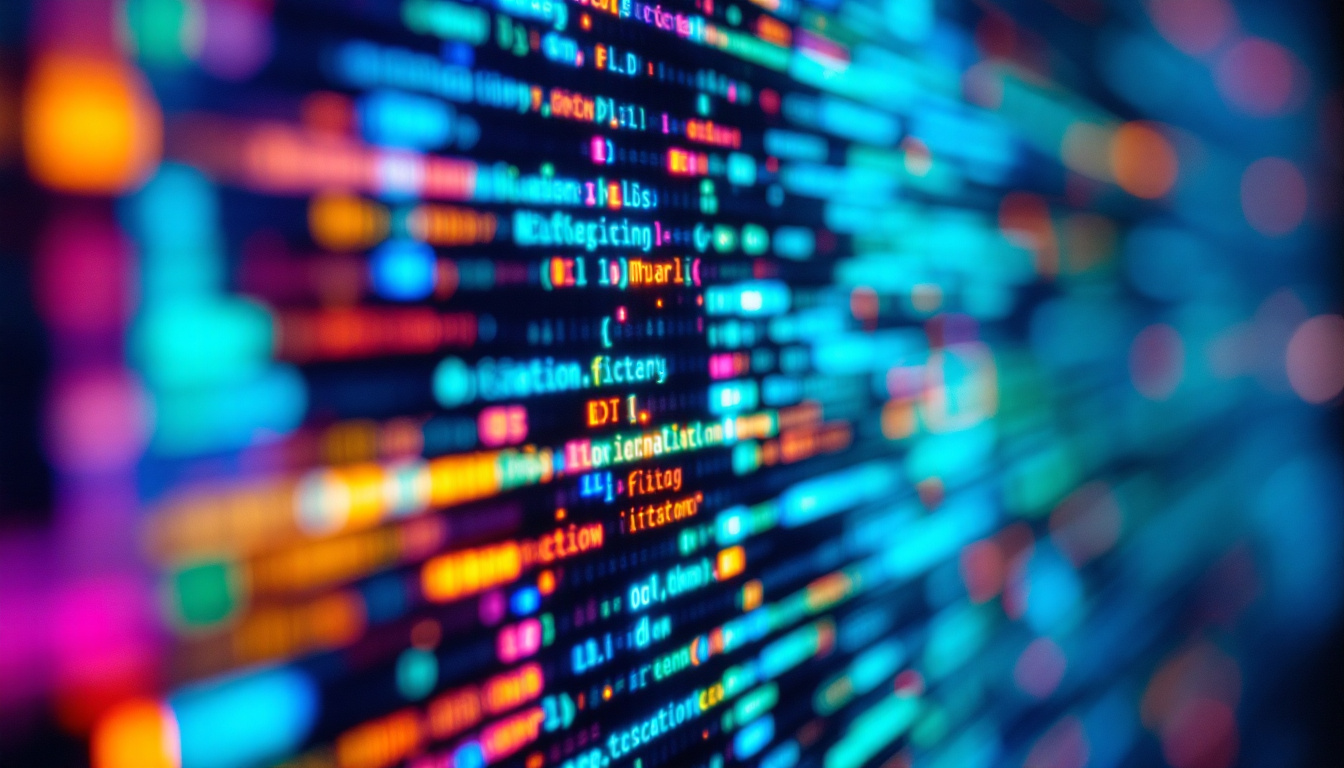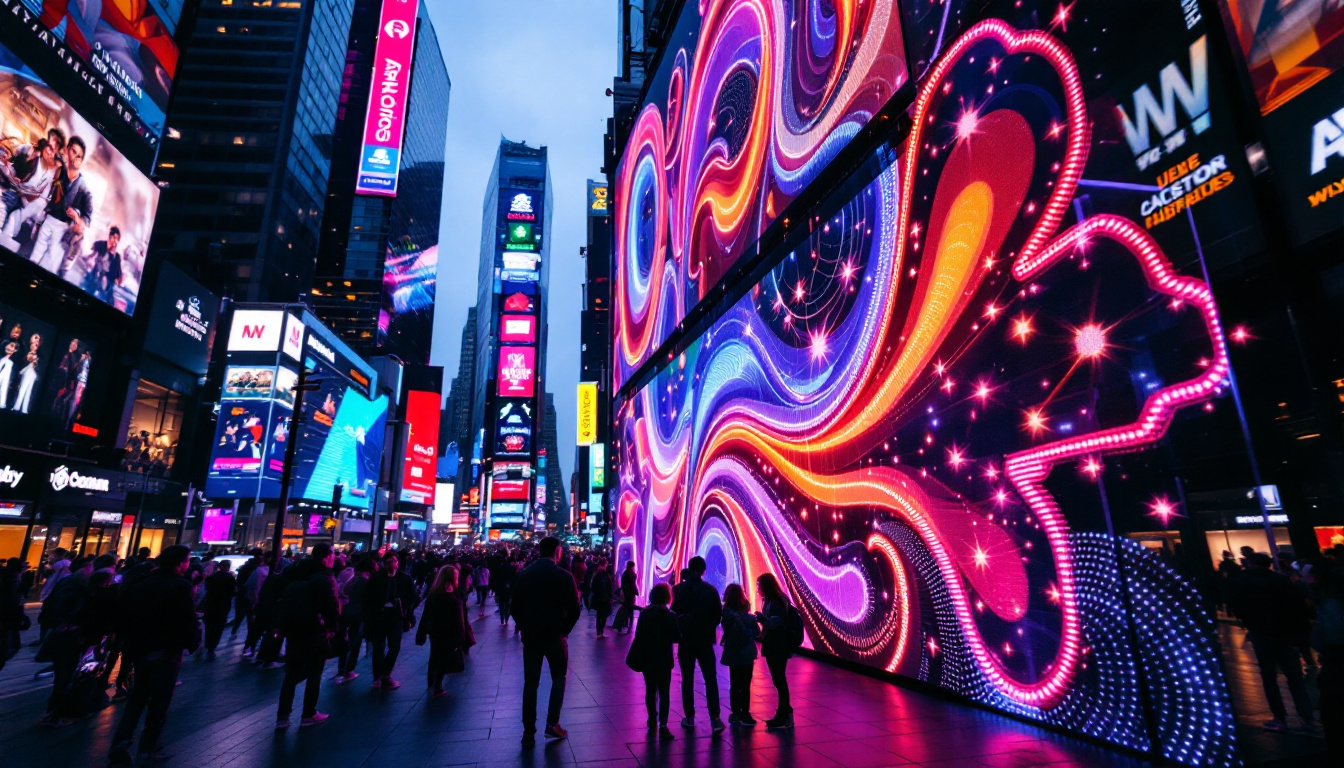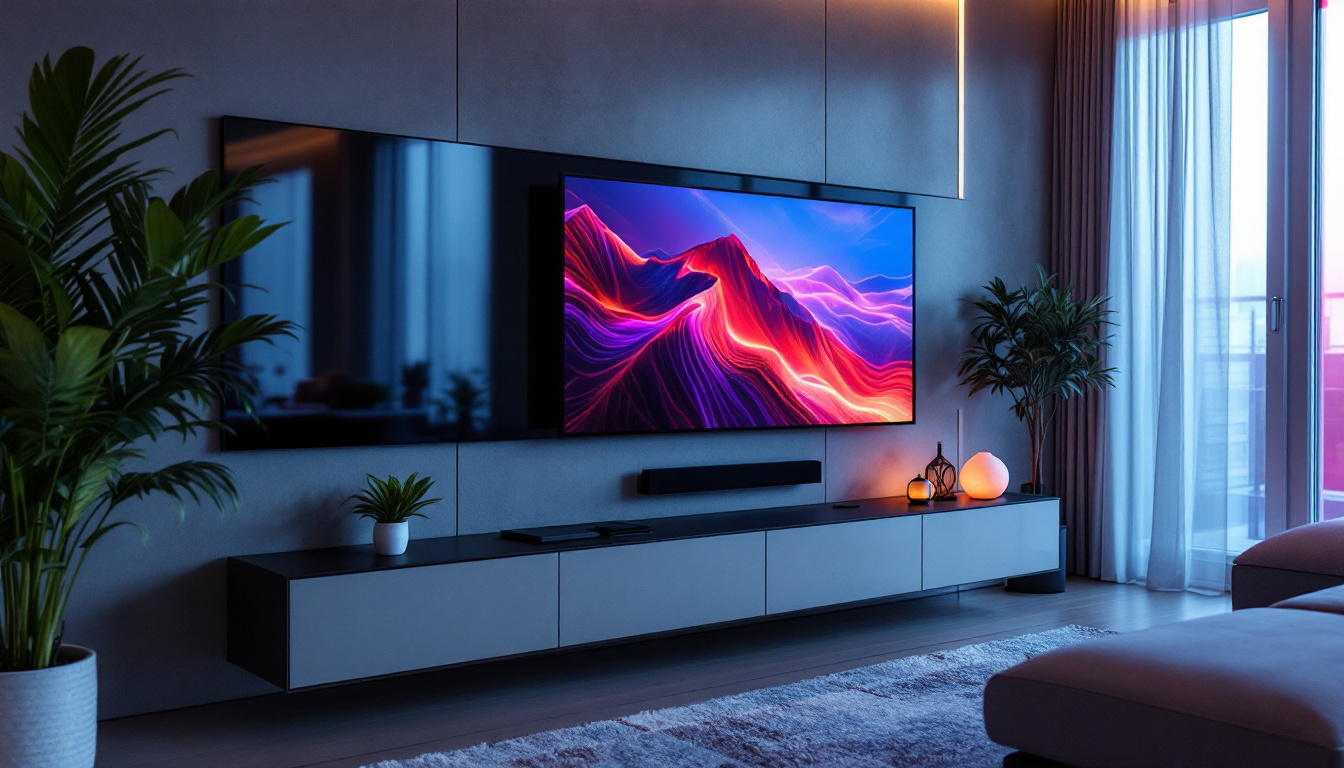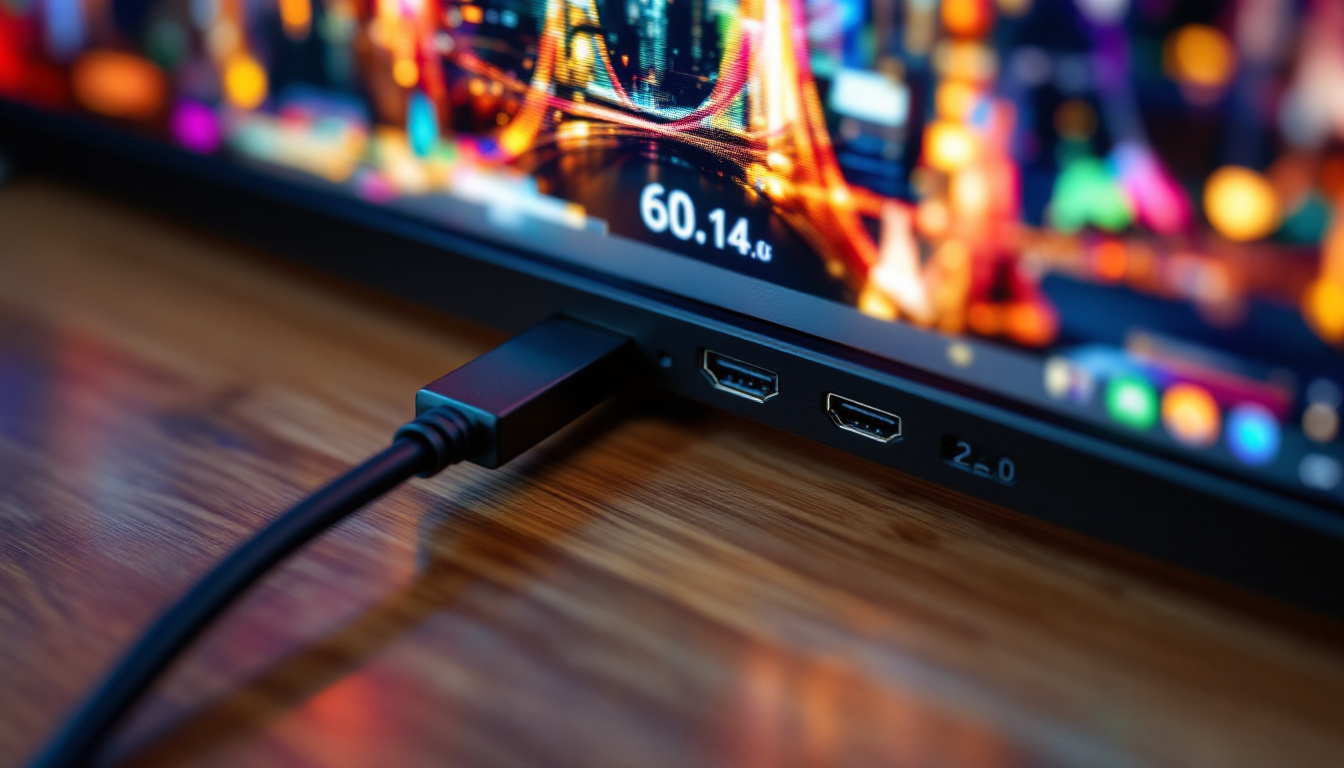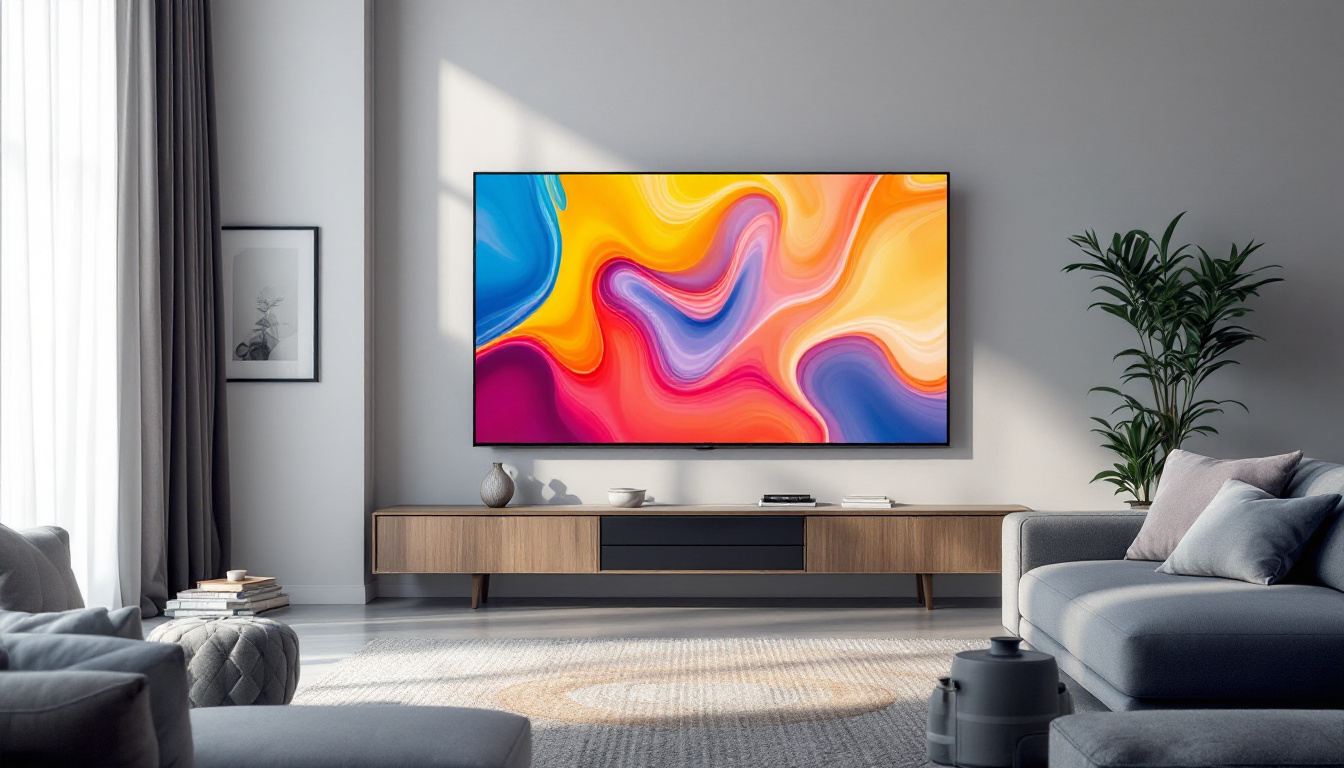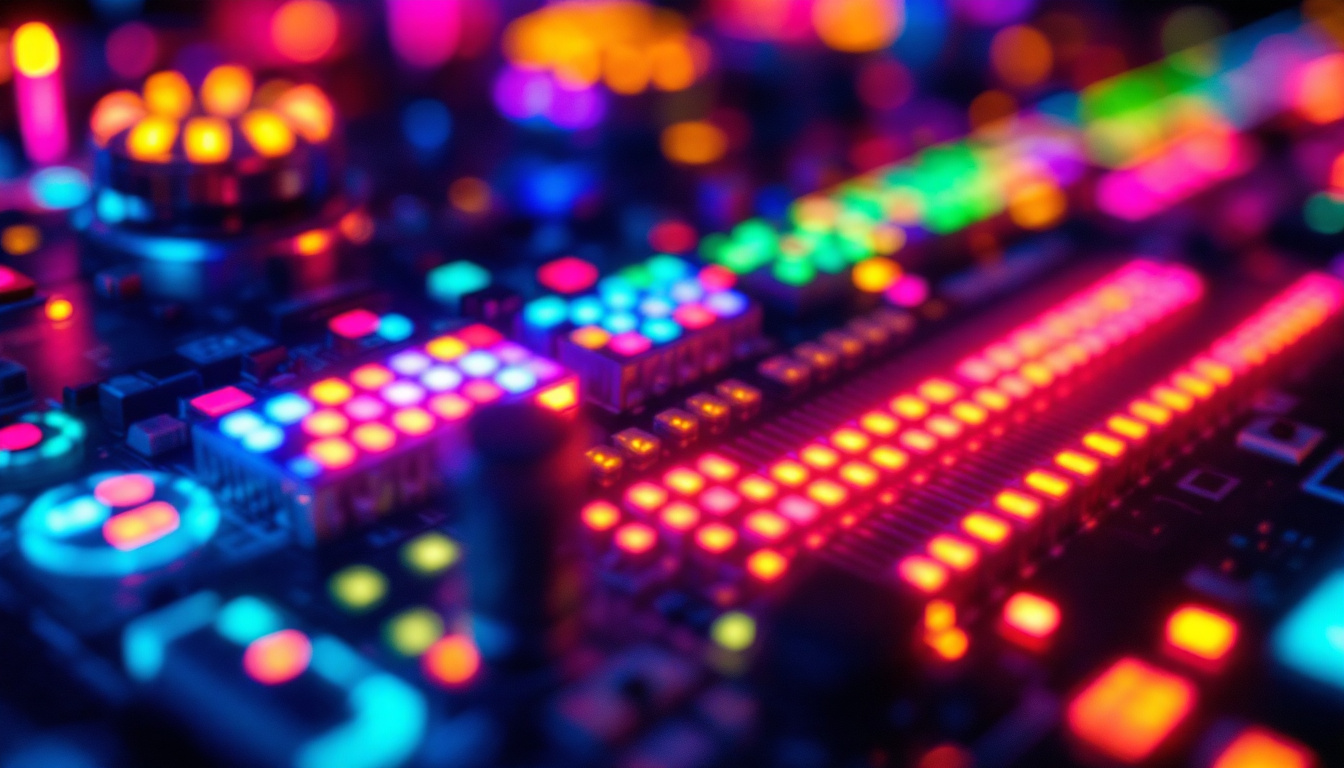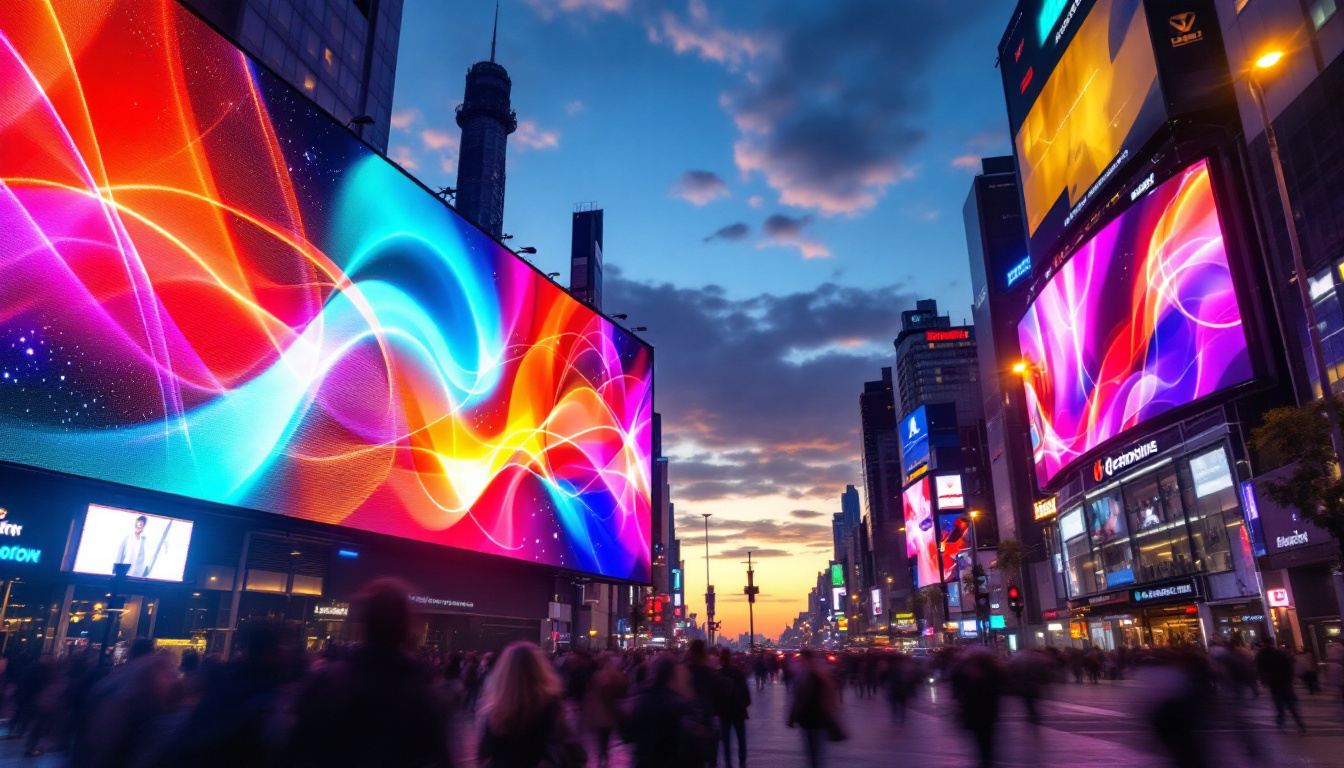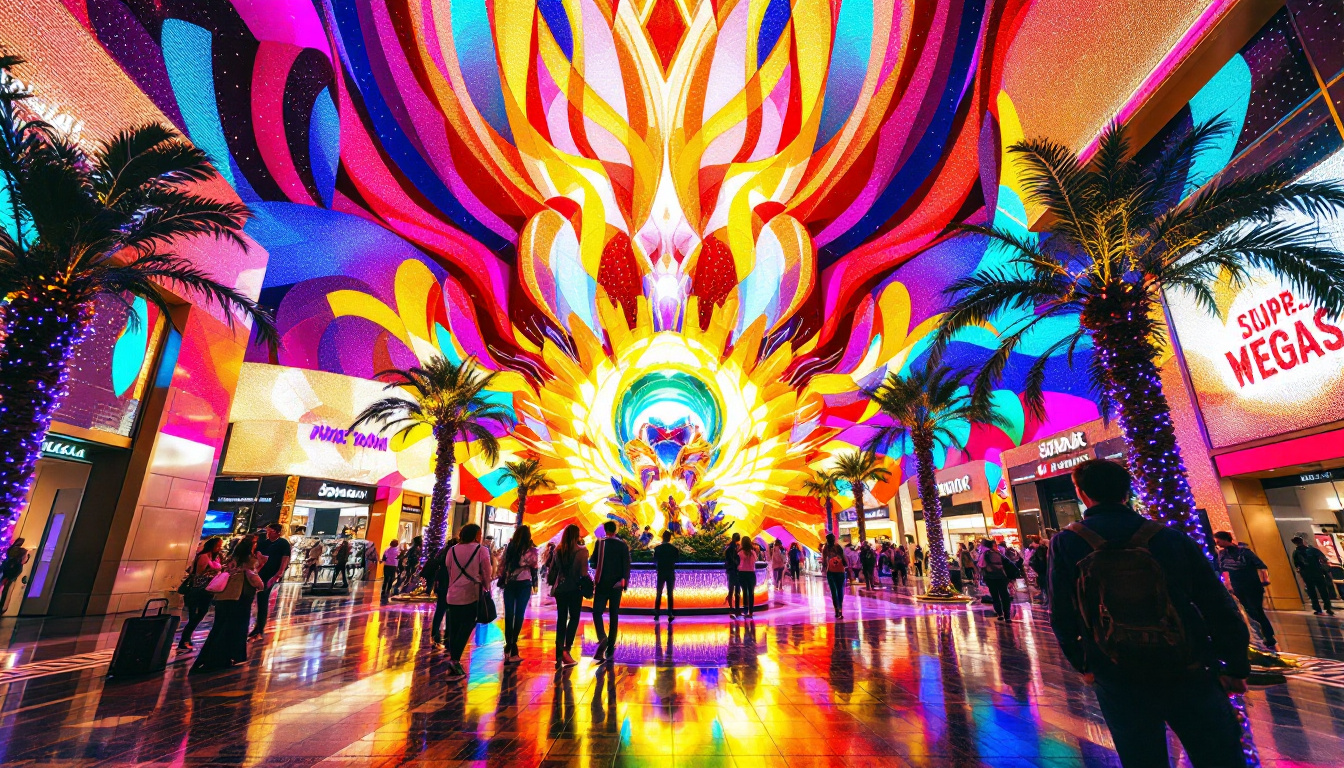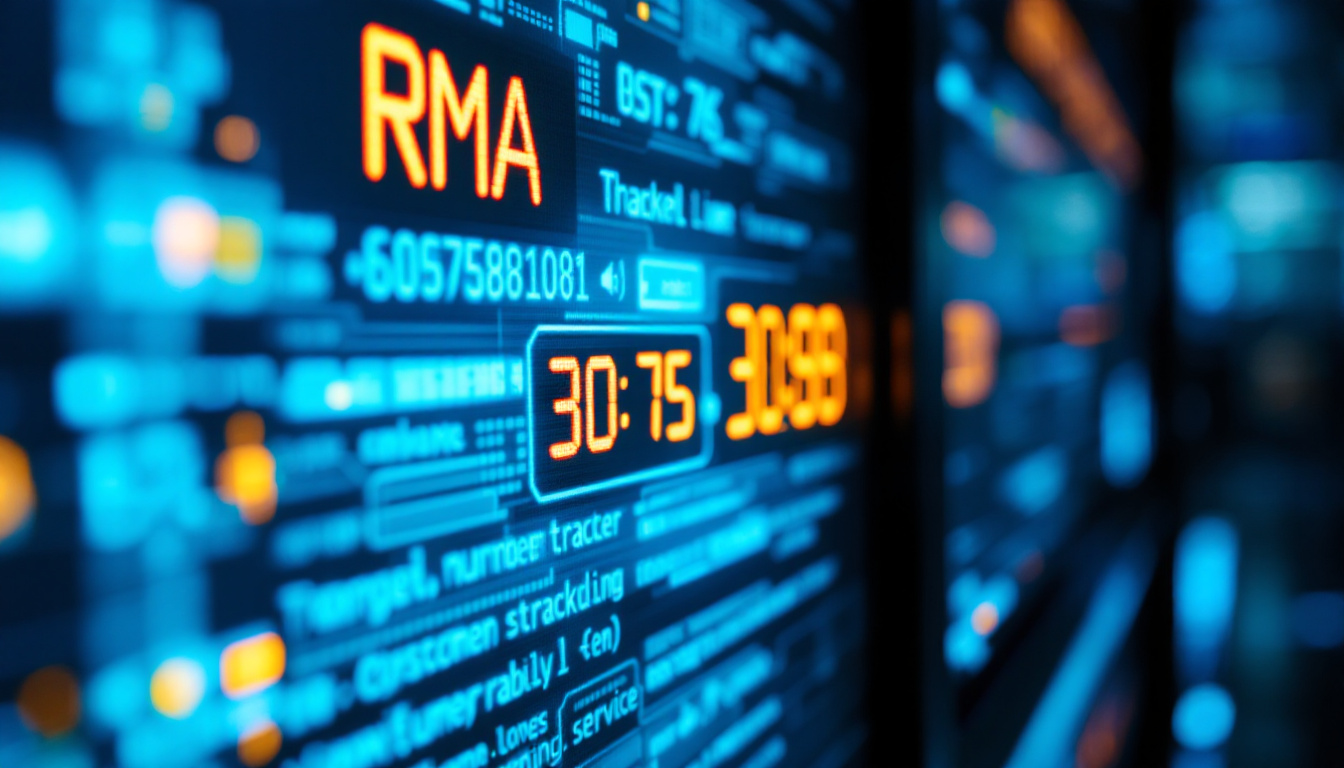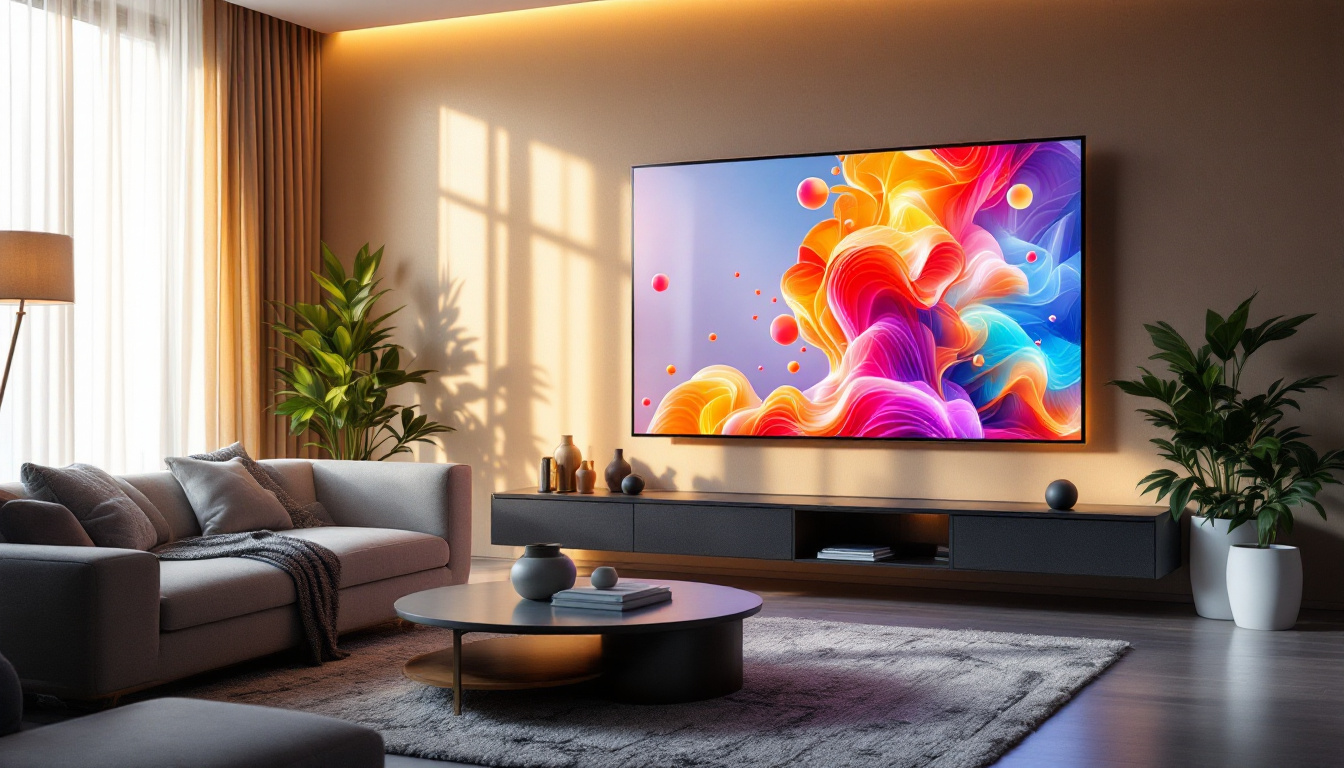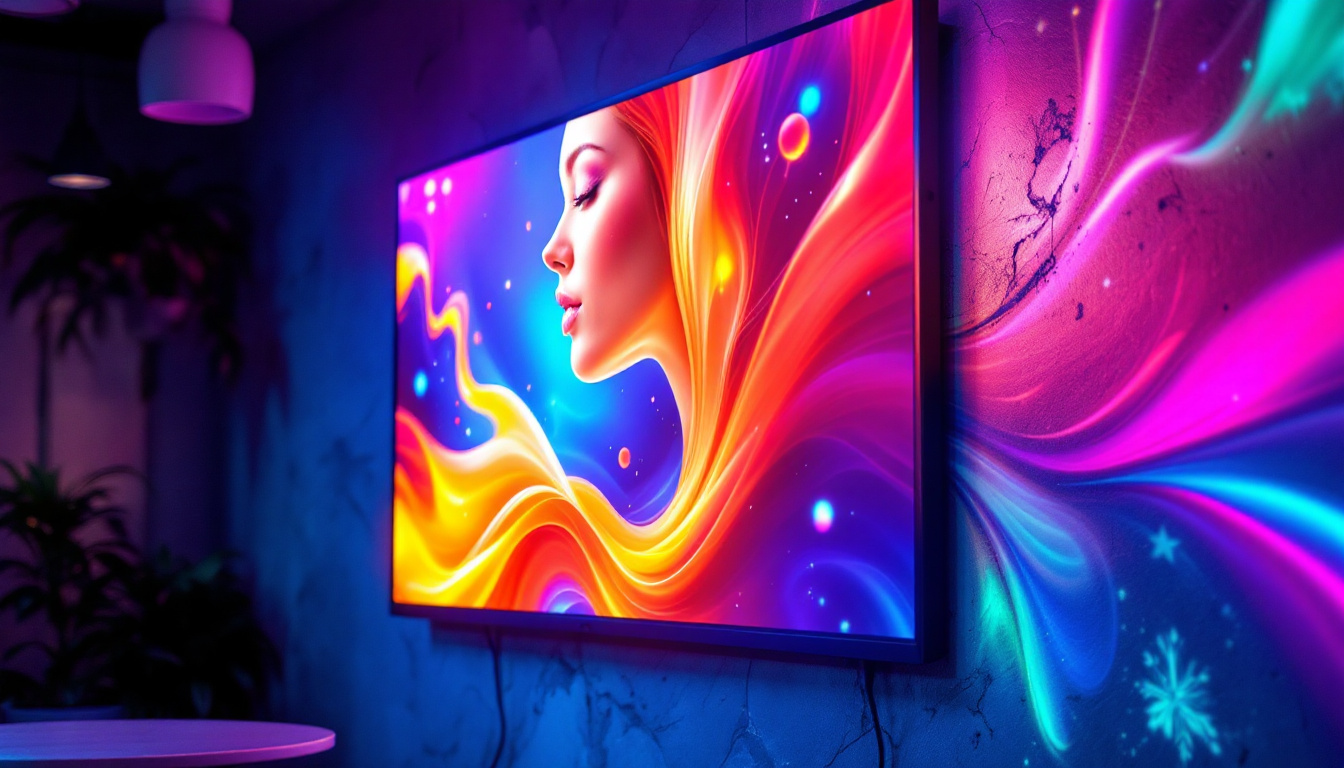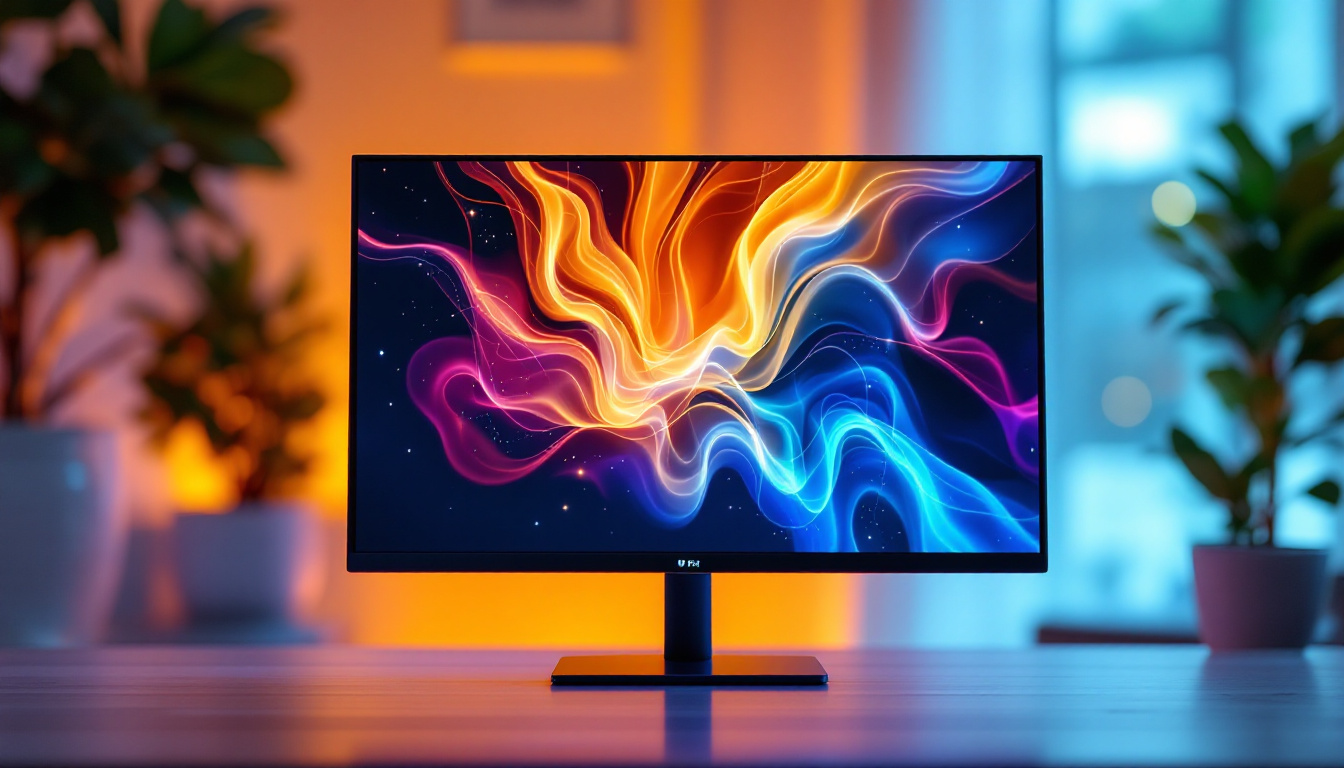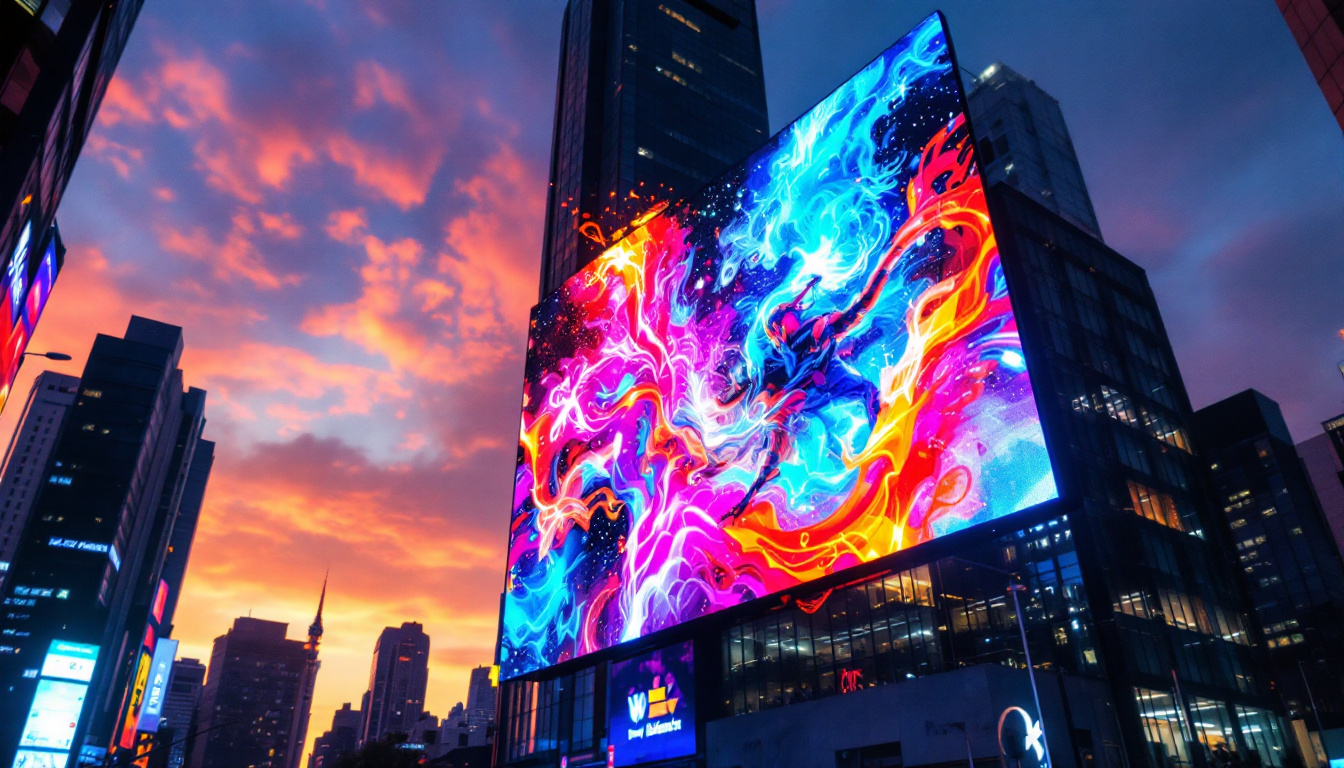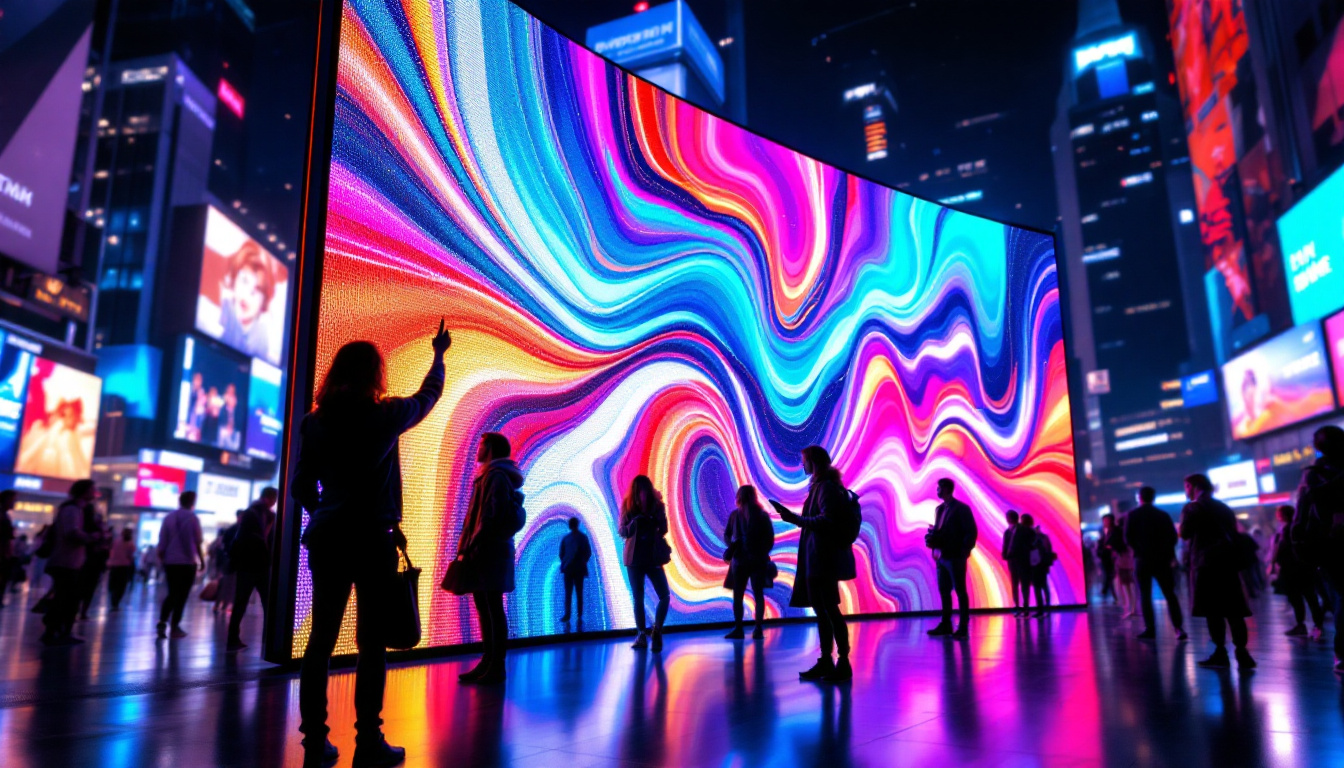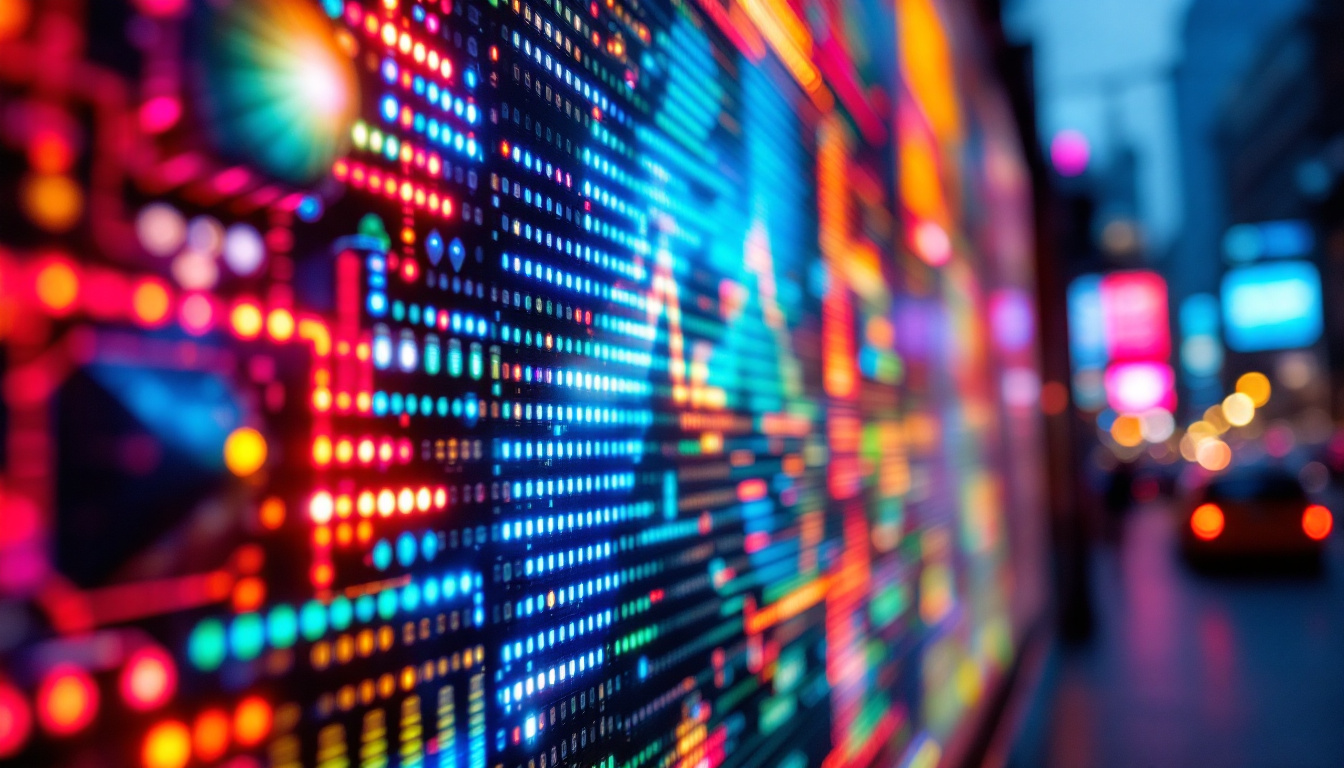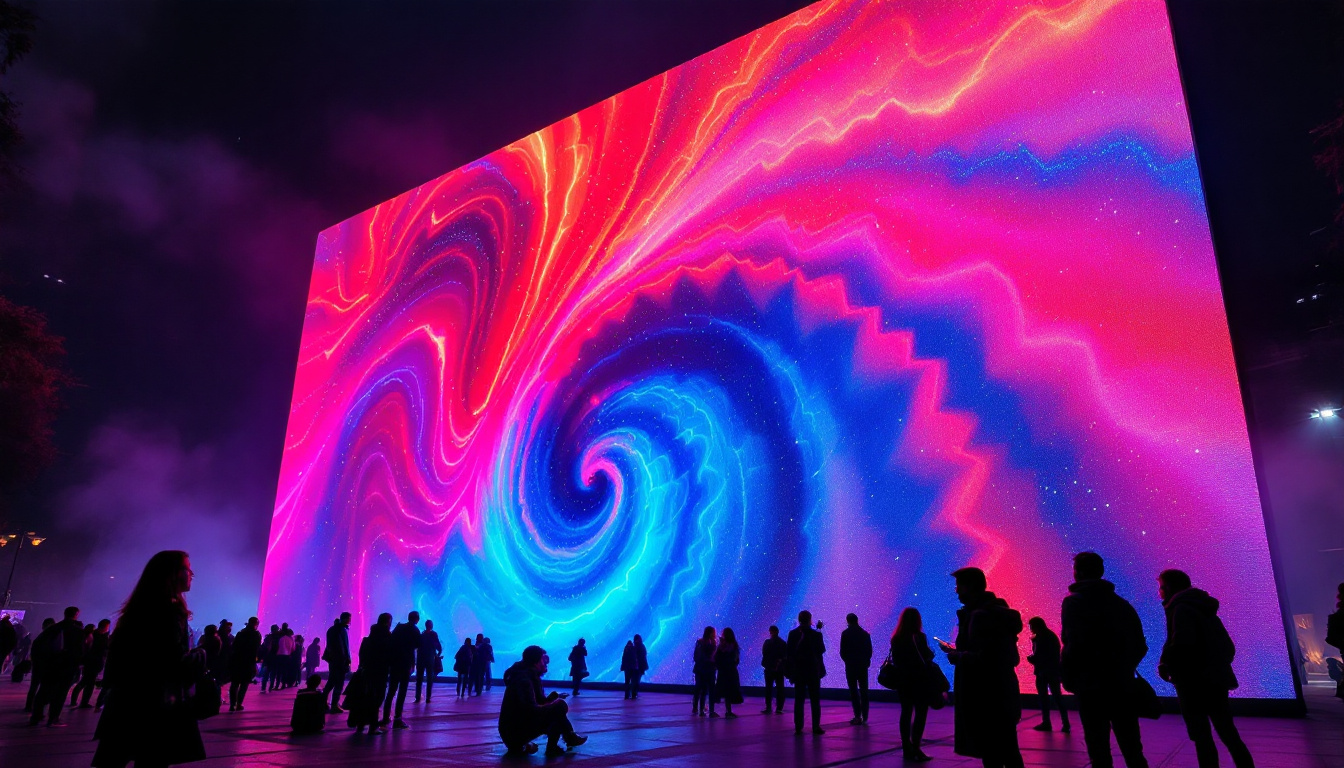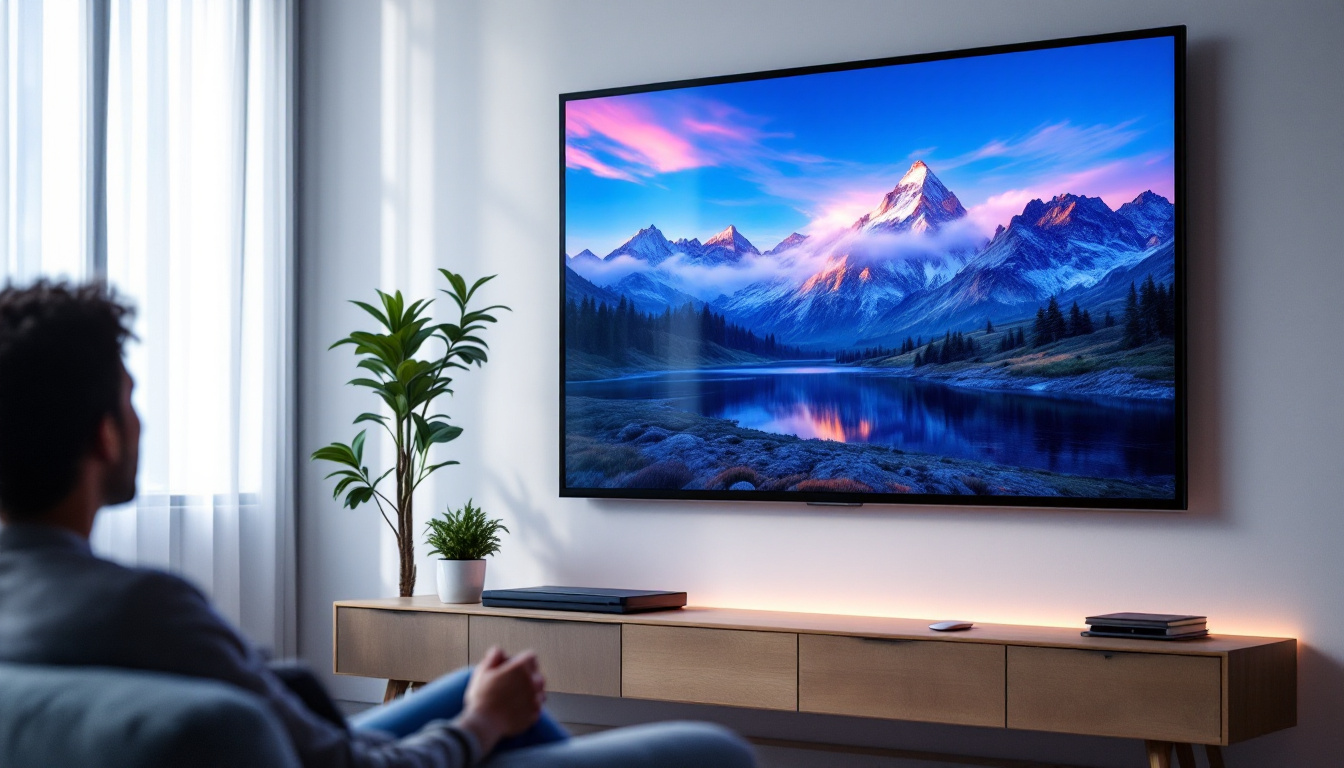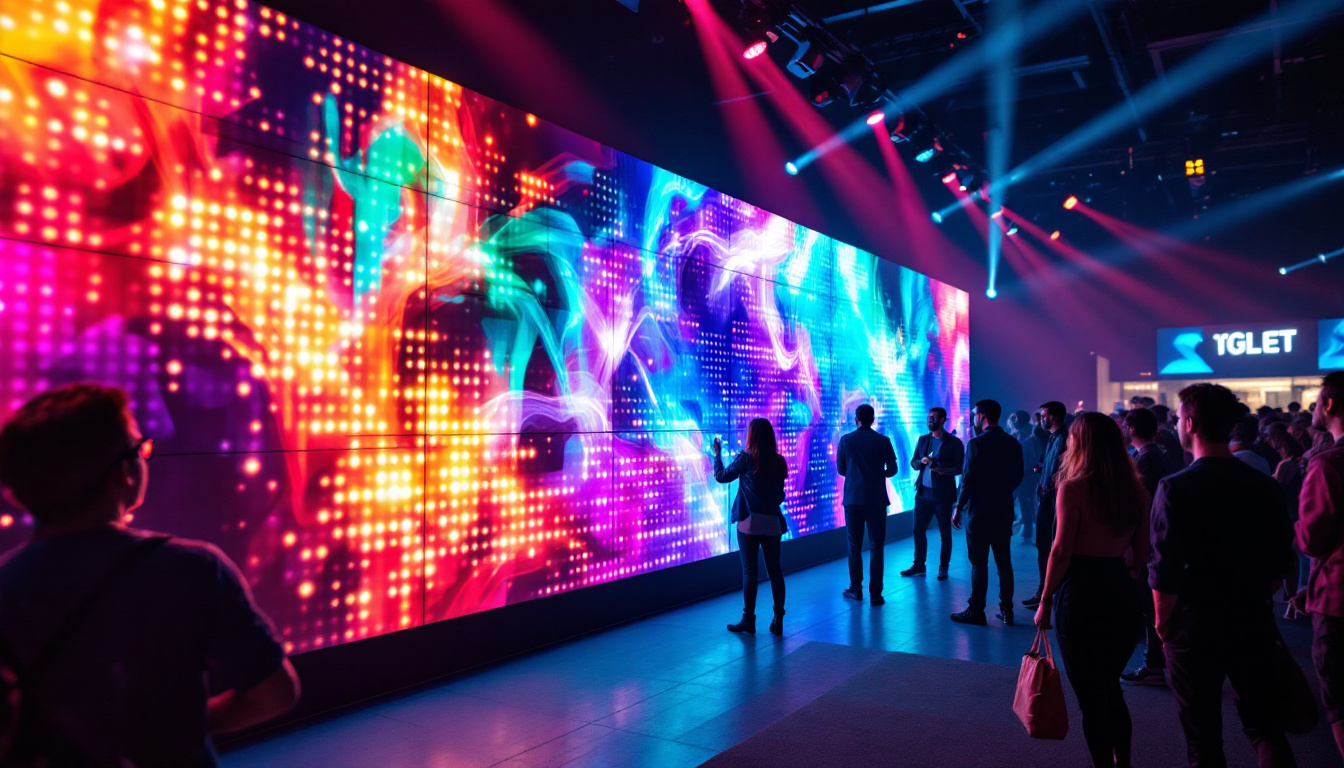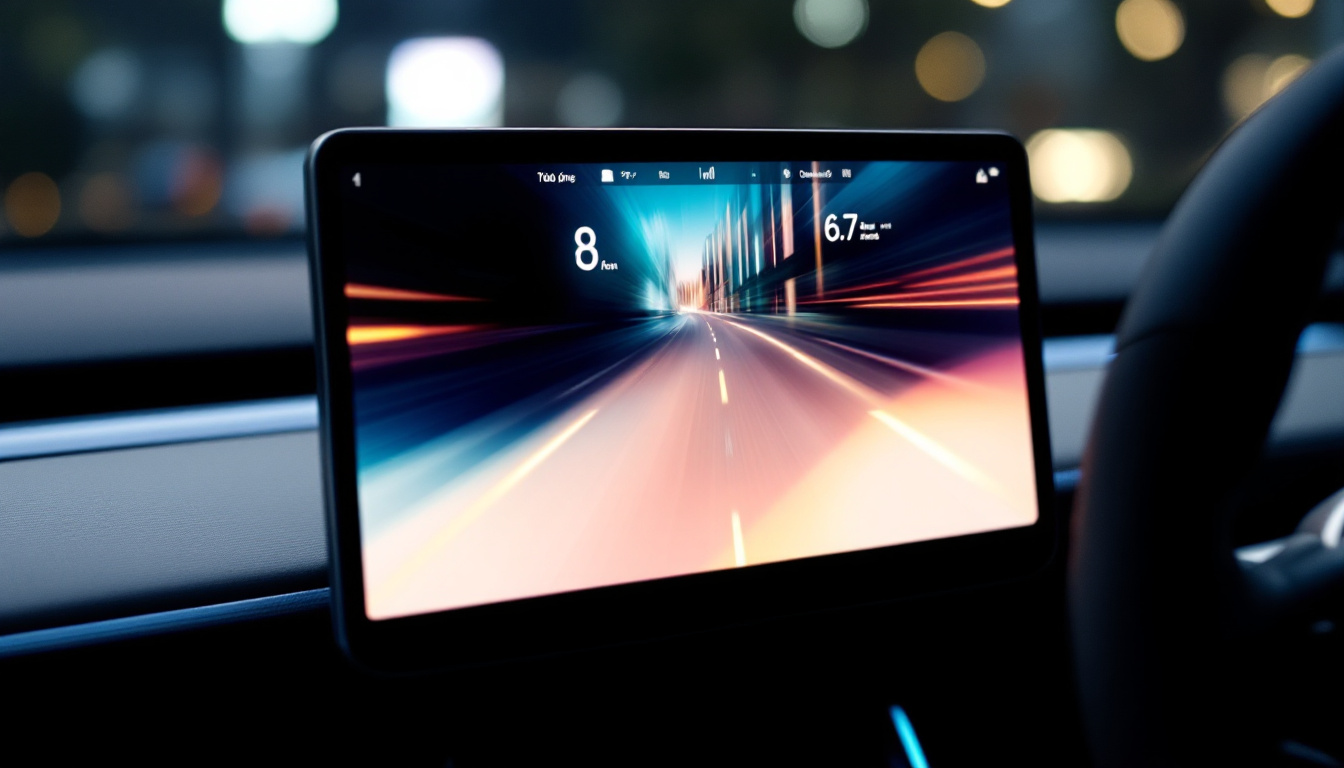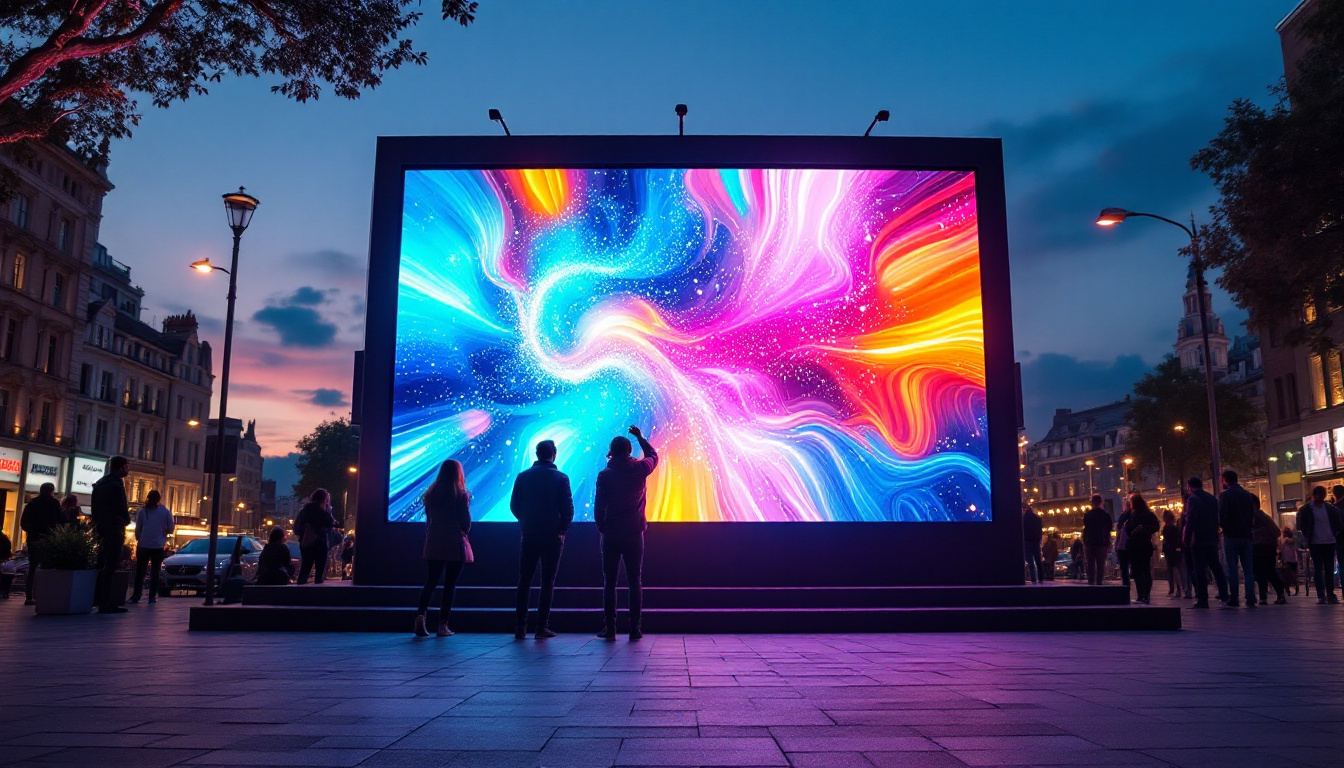In the world of modern visual technology, LED wall panels have emerged as a transformative tool for communication and advertising. These displays are not just about vibrant colors and high-definition images; they represent a significant leap in how information is conveyed in public spaces, events, and even in private settings. This article delves into the intricacies of LED wall panels, exploring their technology, applications, benefits, and future trends.
Understanding LED Technology
LED stands for Light Emitting Diode, a semiconductor device that emits light when an electric current passes through it. This technology has revolutionized the display industry due to its efficiency, longevity, and versatility. Originally developed in the early 1960s, LED technology has evolved significantly, becoming a cornerstone in modern lighting and display solutions. Its compact size and ability to produce vibrant colors have made it a preferred choice in various applications, from household lighting to large-scale advertising.
The Basics of LED Displays
LED displays consist of numerous tiny diodes that work together to create images. Each diode can emit different colors, and by combining these colors, the panels can produce a wide spectrum of hues. The arrangement of these diodes is crucial; they can be configured in various ways to create different types of displays, from simple signs to complex video walls. The technology behind LED displays allows for rapid refresh rates, making them ideal for dynamic content such as videos and animations. This capability enhances the viewer’s experience, particularly in environments like sports arenas and concert venues where high-energy visuals are essential.
One of the key advantages of LED technology is its energy efficiency. Compared to traditional display technologies, such as LCD or projection systems, LED displays consume significantly less power while providing brighter images. This efficiency is particularly beneficial for large installations where energy costs can be substantial. Additionally, LED displays have a longer lifespan, often exceeding 50,000 hours, which reduces the frequency of replacements and maintenance. This longevity not only saves costs but also minimizes environmental impact, as fewer displays need to be manufactured and disposed of over time.
Types of LED Displays
There are several types of LED displays, each suited for specific applications. The most common types include:
- Indoor LED Displays: These are designed for use in controlled environments such as shopping malls, conference rooms, and theaters. They typically have a higher pixel density, resulting in sharper images at closer viewing distances. Indoor displays are often used for advertising, presentations, and entertainment, providing vibrant visuals that captivate audiences.
- Outdoor LED Displays: Built to withstand harsh weather conditions, outdoor displays are larger and brighter. They often feature a lower pixel density, as they are viewed from greater distances. These displays are commonly found in billboards, stadiums, and public spaces, where their visibility in direct sunlight is crucial for effective communication.
- Flexible LED Displays: These innovative panels can be bent and shaped to fit unique spaces and designs. Their flexibility makes them ideal for creative installations and artistic displays. Artists and designers are increasingly utilizing flexible LED technology to create immersive environments that challenge traditional display formats, allowing for a new level of creativity and expression.
Another emerging type of LED display is the transparent LED display, which allows for visibility through the screen while still showcasing vibrant content. This technology is particularly popular in retail environments, where it can be used to display advertisements without obstructing the view of products behind the screen. As LED technology continues to advance, we can expect to see even more innovative applications and designs that push the boundaries of visual communication.
Applications of LED Wall Panels
LED wall panels have found applications across various sectors, showcasing their versatility and effectiveness in communication and advertising.
Advertising and Marketing
One of the most prominent uses of LED wall panels is in advertising. Businesses utilize these displays to showcase dynamic content that captures the attention of potential customers. The ability to change advertisements in real-time allows for targeted marketing strategies that can adapt to different audiences and times of day.
From large billboards in busy urban areas to smaller displays in retail environments, LED technology has transformed how brands engage with consumers. The vibrant colors and high contrast of LED displays ensure that advertisements stand out, even in bright daylight.
Events and Entertainment
In the entertainment industry, LED wall panels are essential for concerts, festivals, and corporate events. They provide a captivating backdrop for performances, enhancing the overall experience for attendees. The ability to display high-resolution video content in real-time allows event organizers to create immersive environments that resonate with audiences.
Moreover, LED displays can be synchronized with audio and lighting systems, creating a cohesive multimedia experience. This synchronization is crucial for live performances, where timing and visual impact are paramount.
Corporate and Educational Use
In corporate settings, LED wall panels serve as powerful tools for presentations and meetings. They can display data, videos, and graphics in a clear and engaging manner, facilitating better communication among team members. This is particularly useful in large conference rooms where traditional projection systems may fall short.
educational institutions also benefit from LED technology. Classrooms equipped with LED displays can enhance learning experiences by providing interactive and visually stimulating content. This technology allows educators to present complex information in a more digestible format, promoting better understanding among students.
Benefits of LED Wall Panels
The advantages of using LED wall panels extend beyond their visual appeal. Several key benefits make them an attractive option for various applications.
Energy Efficiency
As mentioned earlier, LED displays are highly energy-efficient. They consume less power than traditional display technologies, leading to lower operational costs. This efficiency is particularly important for businesses looking to reduce their carbon footprint and energy expenses.
Longevity and Durability
LED wall panels are built to last. With a lifespan of up to 100,000 hours, these displays require minimal maintenance and replacement. Their durability makes them suitable for both indoor and outdoor use, as they can withstand environmental factors such as rain, wind, and extreme temperatures.
High-Quality Visuals
One of the standout features of LED wall panels is their ability to produce high-quality visuals. With vibrant colors, deep contrasts, and high brightness levels, these displays can deliver stunning images and videos that captivate audiences. This quality is essential for applications where visual impact is crucial, such as advertising and entertainment.
Challenges and Considerations
While LED wall panels offer numerous benefits, there are challenges and considerations to keep in mind when implementing this technology.
Initial Costs
The upfront costs of purchasing and installing LED wall panels can be significant. Businesses must weigh these costs against the long-term benefits, such as energy savings and reduced maintenance expenses. However, as technology advances and production methods improve, prices are gradually becoming more accessible.
Installation and Maintenance
Proper installation is crucial for the optimal performance of LED displays. This process often requires specialized knowledge and skills, which can lead to additional costs. Furthermore, while LED panels are durable, they may require periodic maintenance to ensure they continue to function correctly and maintain their visual quality.
Content Management
Managing content for LED wall panels can be complex. Businesses need to invest in content management systems that allow for easy updates and scheduling of displays. Additionally, creating engaging content that resonates with the target audience is essential for maximizing the effectiveness of the display.
The Future of LED Wall Panels
The future of LED wall panels looks promising, with ongoing advancements in technology and applications. As innovation continues, several trends are emerging that could shape the landscape of LED displays.
Integration with Smart Technology
As smart technology becomes more prevalent, LED wall panels are likely to integrate with various smart systems. This integration can enhance functionality, allowing for automated content updates based on real-time data, such as weather conditions or audience demographics. Such capabilities will enable businesses to deliver more relevant and timely information to their audiences.
Higher Resolution Displays
The demand for higher resolution displays is increasing, driven by the need for more detailed and immersive visuals. Future LED wall panels are expected to feature even higher pixel densities, resulting in sharper images and improved viewing experiences. This trend will be particularly beneficial for applications in entertainment and advertising, where visual quality is paramount.
Environmental Sustainability
As sustainability becomes a focal point for many industries, LED technology is evolving to become more environmentally friendly. Future developments may include the use of recyclable materials in manufacturing and more energy-efficient designs. This shift will not only benefit the environment but also appeal to consumers who prioritize sustainability in their purchasing decisions.
Conclusion
LED wall panels have revolutionized the way information is displayed and communicated across various sectors. Their energy efficiency, durability, and high-quality visuals make them an attractive option for businesses and organizations looking to enhance their communication strategies. While challenges such as initial costs and content management exist, the benefits far outweigh these considerations.
As technology continues to advance, the future of LED wall panels promises even greater innovations and applications. By embracing this technology, businesses can stay ahead of the curve, delivering captivating and engaging experiences to their audiences.
In a world where visual communication is becoming increasingly important, LED wall panels stand out as a powerful tool for conveying messages effectively and creatively. Whether in advertising, entertainment, or education, the impact of LED displays is undeniable, paving the way for a brighter, more visually engaging future.
Discover LumenMatrix LED Display Solutions
Ready to elevate your visual communication with the latest in LED technology? LumenMatrix is at the forefront of LED display innovation, offering a diverse range of solutions tailored to your needs. From Indoor and Outdoor LED Wall Displays to specialized options like Vehicle, Sports, and Floor LED Displays, we have the tools to bring your brand to life. Experience the power of Custom, All-in-One, and Transparent LED Displays designed to captivate and engage your audience. Embrace the future of digital signage with LumenMatrix and transform the way you share your message. Check out LumenMatrix LED Display Solutions today and start creating unforgettable visual experiences.

